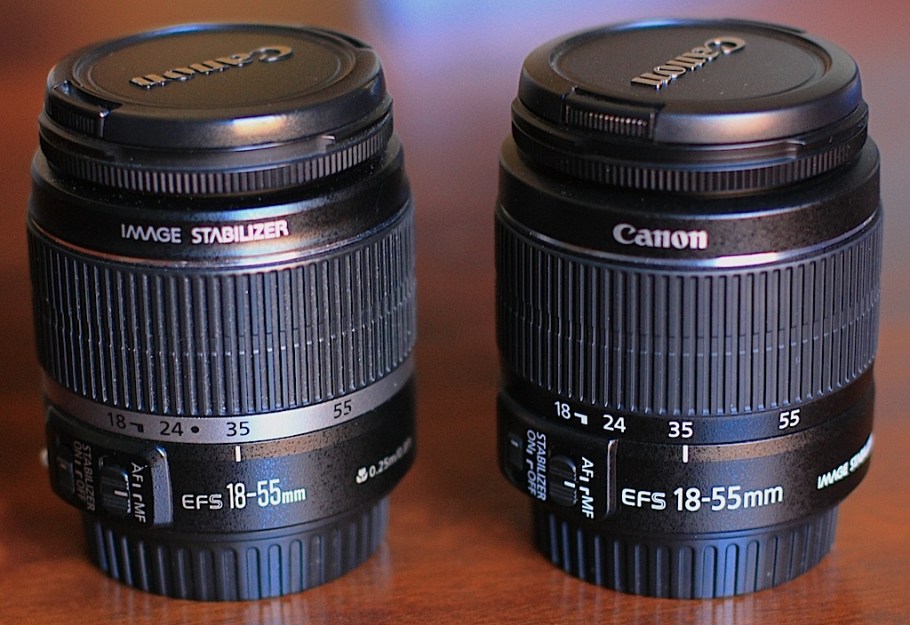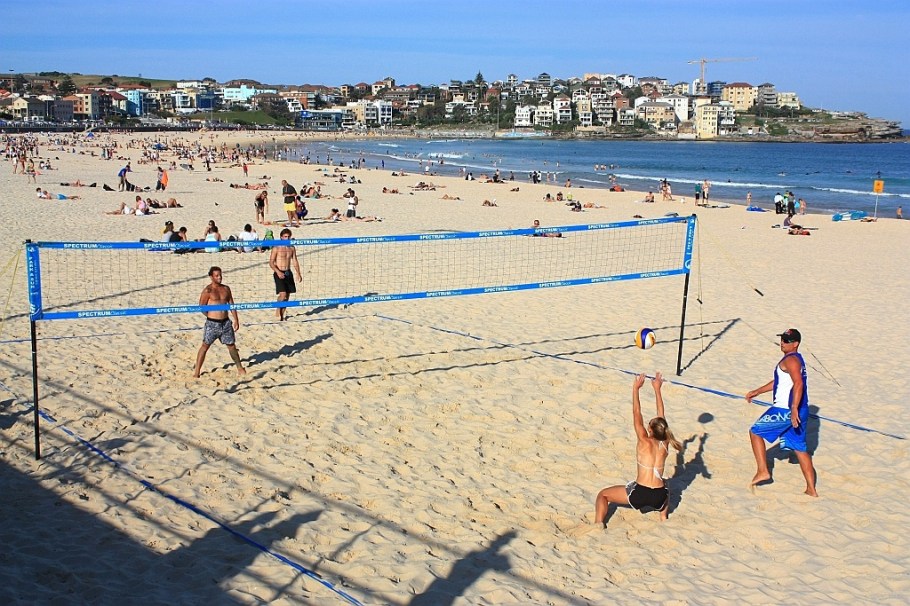Lose zoom-lens = gain new view with prime-lens
I wrote here about the camera gear I brought on my around-the-world (RTW) trip in 2012. I half expected for something to break down when sure enough, the unthinkable happened.
Subbing the busted with the 50mm prime
I spent three weeks on New Zealand’s South Island in July 2012. Just as my bus entered Milford Sound for the boat stage of my daytrip, my 18-55mm kit-lens died with the auto-focus (AF) mechanism failing to engage. Without a distance gauge at a given setting for focal length, the lens became almost impossible to use, except at the widest (18mm) or tightest (55-mm) focal lengths.
I kept at it while I was on the boat in the Sound, but my shot-completion percentage plummeted, and the time to set up or fiddle with the lens went way up. Unfortunately, my other lens I brought was the 70-300 mm zoom-lens, which was for the most part too long for what I wanted to photograph.
Perhaps I shouldn’t have been surprised at all: both camera and kit-lens are 4 years and 4 months old (as of writing). The difference, however, is that the camera-body is still churning away …

For two months, I’ve been using the 50mm prime or fixed focal length lens on the camera. With a 1.6-times crop factor, the field of view is effectively 80mm, which is a little too long and more appropriate for portraits. It’s been challenging, and I’ve had to do the following:
• “memorize” the available field-of-view I have with the prime lens,
• ask myself whether I can make the shot at all, and
• move around with my feet to get the shot I want.
Recent article(s) speak to the advantages and challenges of using a prime lens.

Even if the lens is a little long, the result above with the 50mm prime is very decent.
18-55 IS, version II
While I’ve been very happy with what my 50mm has delivered, I’d given some thought to purchasing a wider prime (i.e., 24mm or 28mm), but these primes are outside of my present budget. For about $120 AUD in Sydney, Australia, I’ve purchased the upgraded version of the 18-55mm kit-lens, known as the Canon EF-S 18-55mm f/3.5-5.6 IS II. This lens is supposed to deliver improved image-stabilization performance compared to its predecessor. Version 2 of the kit-lens is still light in weight and light on the wallet or budget. Above all, it’s great to “regain” access to wider-fields with a lens identical to the one I lost.



Naturally, I made all of the photos above. This post is published on Fotoeins Fotopress at fotoeins.com.
Postscript: In January 2014, I sold the EF-S 18-55 IS II lens to a friend who was passing through Vancouver on their way to New Zealand. Oddly enough, they had lost use of their 18-55 kit-lens when the AF mechanism died. With my upgrade to the full-frame 6D, I didn’t know what I was going to do with the EF-S “version 2” lens, and I’m very happy circumstances converged for us, and they now have the “version 2” lens to use.
One Response to “Lose zoom-lens = gain new view with prime-lens”
[…] failed while I was about to visit New Zealand’s Milford Sound. I purchased a replacement EF-S 18-55mm IS II lens weeks later in Sydney, Australia. This type of lens cannot be used on a full-frame camera. […]
LikeLike